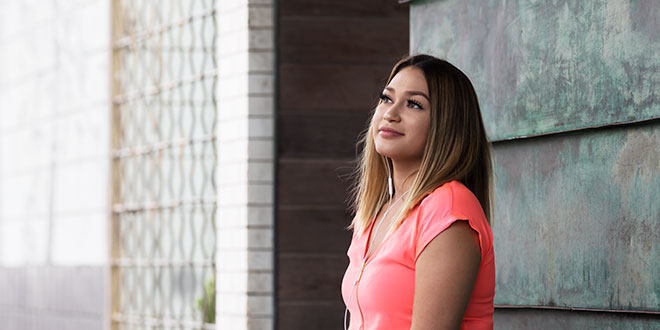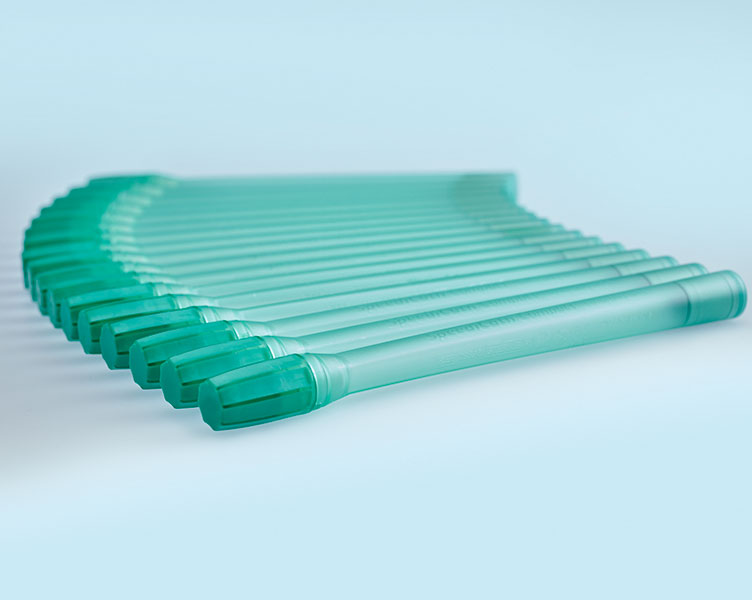Tatiana: When I was growing up and I was learning to catheterise myself, I used to have to go to the nurse’s office. People always wondered why I left with my bookbag to go to the nurse’s office, and I never wanted to talk about it. I wish somebody would have taught me to be proud of it, and I want the future generations to be comfortable with it.

How often do your bladder issues interfere in your daily life? Probably much more than you want them to. Once you have mastered the technique and routine of intermittent catheterisation it will have a positive impact on your life and your feeling of independence.
Still, it is perfectly normal to have worries and doubts during the different stages of changing to a new bladder management routine. If this applies to you, here is some advice that may be useful when you are starting up catheterising:
Phase 1. Receiving the news:
When you are first introduced to intermittent self-catheterisation (ISC), you might feel overwhelmed. Maybe you feel it’s too early for you to be introduced to catheterisation. Perhaps you are still struggling with coming to terms with your situation. It is important that you feel that ISC is your own decision, that you are well-informed by your doctor or nurse about what is going to happen, and that you are given the time to get used to the thought.
Phase 2. Being taught how to do it:
We would normally feel very intimidated by the thought of a ‘stranger’ watching or touching our private parts. It is important that you receive proper instruction by your nurse and that your need for privacy is respected. If you feel that the demonstration was insufficient, don’t hesitate to get the steps repeated. If possible, ask to be taught at home.
Trying it at home for the first time:
If you become uncertain when back at home, don’t be afraid to ask for more help. ISC is not just a walk in a park. You might need to try a couple of times before you feel confident that you can do it on your own. You might also be afraid of inserting the catheter yourself without any assistance. Knowing your own body is key to understand where the catheter goes. If you haven’t really examined that part of your body, it might seem a bit awkward at first.
-If you are a man, just looking at the catheter tube may be unnerving as the tube is quite long – and perhaps the thought can make you afraid of damaging something inside you.
It might put your mind at ease to watch a short animation about the male anatomy to see where the bladder sits in your body and how the catheter gets there.
- If you are a woman you might find it difficult to find the urethral opening. Try out different positions if possible and use a hand-held mirror.
Also read 'Finding it hard to cope with?' which addresses some of the worries you might have about using a catheter.
Finally into the routine and now facing new challenges:
When you need to get back to work or want to travel, your bladder management routine might be challenged by a changed schedule and a new environment (for example public bathrooms) – and you might even need another type of catheter, which is more compact or includes a urine bag. It’s important that you continue your IC routine and do not skip catheterisations, even though your feeling of security and privacy is not the same. Planning ahead will help with this.
In the Coloplast Charter Lifestyle section you can get inspiration and tips for being away from home; travel, work, sports and socialising. Your Coloplast Charter team is more than happy to direct you to the information you need.

The future
If catheterisation is something you will have to do for the rest of your life, it is important to come to terms with it. But remember, as opposed to other bladder management solutions, you only use a few minutes catheterising 4-6 times a day – the remaining time you can live your life without having to think about your bladder. Be sure to re-assess the type of catheter you are using occasionally, so you continue to have the most optimal product according to your needs and lifestyle.



